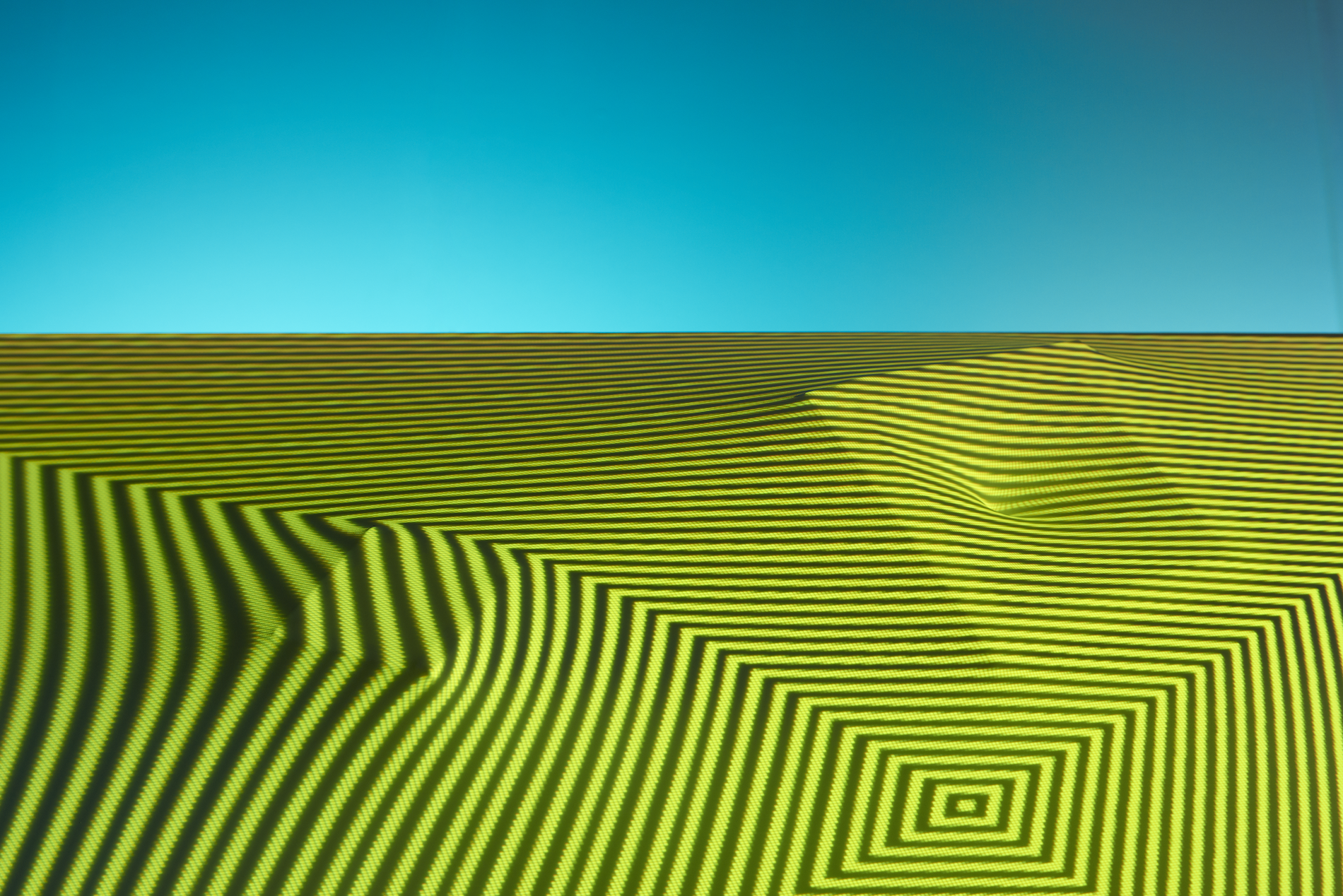Synesthesia is employed in the area or neurological study as well as in Arts.
In the words of the great Dr. Oliver Sacks, neurological synesthesia “is an immediate, physiological coupling of two sorts of sensation.” Pianist Helene Grimaud for example sees specific colours when playing certain sounds on her piano. Probably like this.
The casuistry is rich with descriptions of fascinating synesthesias combining one or more sense of sight, touch, hearing, taste or smell. Often synesthestes go unaware of their abilities and no two synesthetes have the same perceptions. Which I find a great invite to fabulate on the specifics of our perceptions in general:
Rather than define our sensory experiences within an abstract frame of references in the name of hard science, what about capturing our actual perceptions, the endless combinations of our ever evolving sensorial abilities ?
This is also where synesthesia as an art form comes in. Synesthesia in art generally describe artworks seeking to combine several senses from the viewer. An early example comes from Baudelaire, who refused the simplicity and the shortcuts of then novel rationalisation of the « 5 senses” as classified by late 19th century surgeons, and went on to write odes to the sounds of colours and perfumes and others correspondances that invite us to perceive beyond our “customary ways of looking”.
An invitation well received by many a Virtual Reality creators looking to create realities that stimulate/hack our many senses. Some explore what it would be to be in the body of another, other look at multi sensory combinations with danced movements or improvised music.
.
